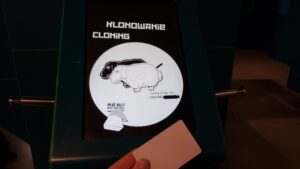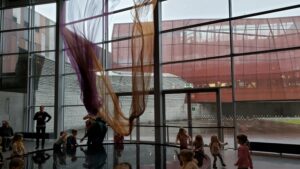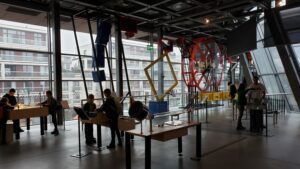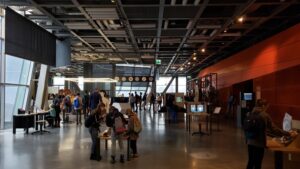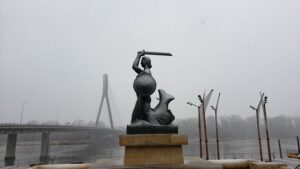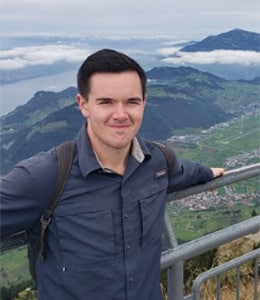One of the last things I did before wrapping up my semester in Warsaw, Poland was pay a visit to the Copernicus Science Center. In this article I will share some background on the center, talk about my visit and what I learned, and finally share some photos from this sweet place!
Background
The science center was established in June of 2005 on a beautiful piece of land right next to the Vistula River in downtown Warsaw. The center is the largest institution of its kind in Poland and one of the most advanced in Europe. It has been visited by over 8 million people and hosts large scientific events, including the Science Picnic, known as the largest outdoor European science popularization event. The center is named for the famous Polish scientist Nicolaus Copernicus, who is most famous for advocating a heliocentric view of the solar system, but who was also active in many other scientific fields, including monetary theory.
The mission of the Copernicus Science Center is to help people shape a better world for themselves and nature through the development and application of science. The center seeks to inspire people to experiment, understand the world, and take responsible action.
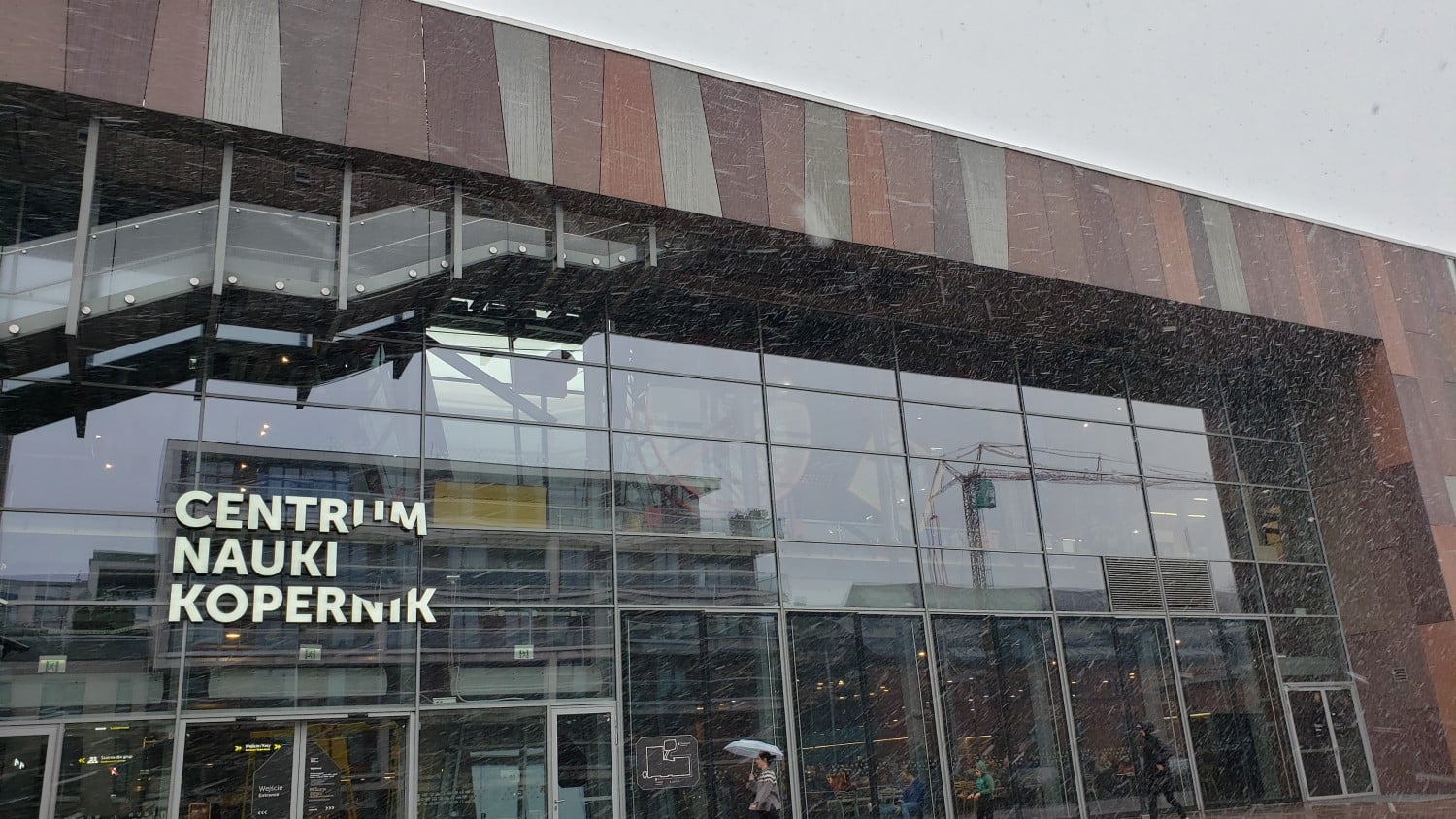
Visiting the Copernicus Science Center
It was on a very snowy day (the only one I’d see while in Warsaw) that I hopped on the metro and rode to the stop named for the center: Centrum Nauki Kopernik. The station exits right next to the center. I originally planned to go on a Saturday with several of my friends here, but when we got there the tickets were sold out! Thus, we found out that this really is Warsaw’s most visited museum. I ended up going on a Wednesday in the morning, and while it was not nearly as busy as Saturday there was still a healthy amount of museum goers, mainly school groups.
Student admission to the museum costs 21 PLN ($5.40, one must have a student ID). Regular adult tickets run 31 PLN ($8), and if you go on a weekend it’ll be an extra 2PLN ($0.50) for both student and adult.
Inside the museum, the first thing I noticed were all the kids running to, exploring, and learning from the over 450 exhibits that occupy this large, modern-looking space. I first stopped at the pendulum ball, which is a must have in any science center and which explains the rotation of the Earth. Then, I wandered towards a series of interactive exhibits that focus on the scientific interactions we have with ourselves, with others, our natural world, and even with space. The exhibits are activated via a key card given with admission. One of my favorites was a facial recognition technology exhibit that could detect your mood, gender, and even height; it was fun making faces and seeing the sensor change its reading to match the displayed mood. Overall this group of exhibits was fascinating, and I was surprised by how many new things I learned.
Next, I went to the more rudimentary exhibits in the science center. Although less advanced, they were still entertaining and educational, teaching about how the human body works, how light bends through a prism to make a rainbow, how temperature transfers through different matter, how a light bulb can be supercharged, and so much more. I then came to one of my favorite exhibits, the water works! This brought me right back to my childhood and reminded me of the time I played with a similar exhibit back in the States when I was very young. Ah, to be a kid again! I concluded my time at the Copernicus Science Center by grabbing a coffee (10 PLN- $2.60) on the second floor and taking in the great view of the Vistula River from the coffee shop.
In addition to the main exhibits they have, they also offer several demonstrations at various times throughout the day. Some such as: Measuring Man, High Voltage Theater, Robotic Theater, and more. I took a peek at the High Voltage Theater, and while it was all in Polish (beyond my basic level of ordering coffee and asking where the bathroom is) it was still very entertaining to watch the scientist conduct some “shocking” experiments. The center also offers labs that provide a museum goer with the opportunity to perform first-hand scientific experiments on their own. They have a robotics lab, a physics lab, a chemistry lab, and a biology lab; each rotate throughout the week and can be signed up for upon entry to the science center. Finally, since it is named after Nicholas Copernicus, it has a full-scale planetarium that has three regular shows, and then rotating ones that change every couple of months. Tickets for this can be picked up when you purchase your regular ticket and run an additional 16 PLN ($4.11) for students and 22 PLN ($5.65) for full price. Unfortunately, I did not have time to see the planetarium show, but I have heard it is well worth it.
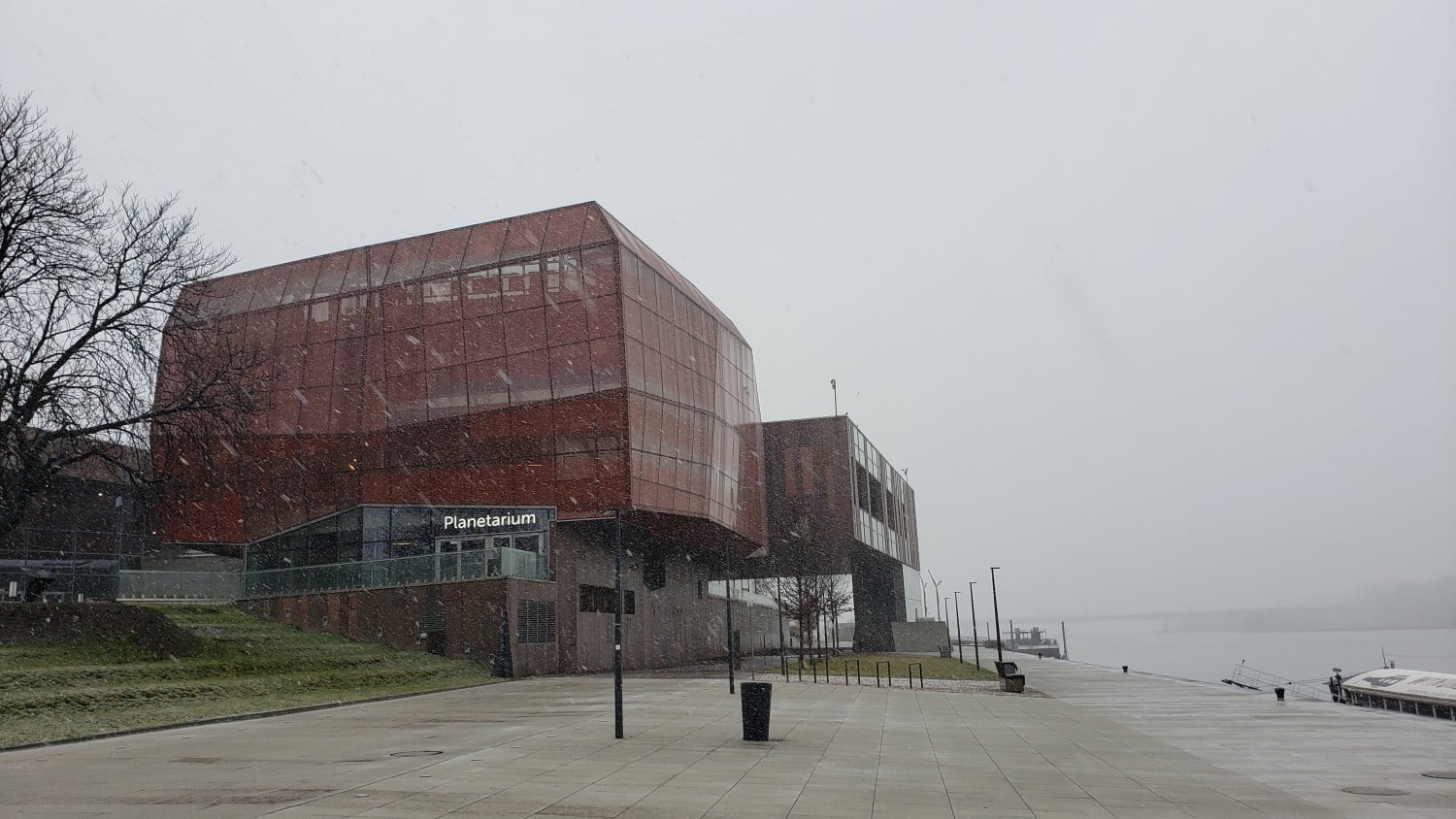
Come to Warsaw!
I highly recommend the Copernicus Science Center, especially when you are studying abroad in Warsaw. It was a breath of fresh air exploring many fascinating aspects of the physical sciences, which is something not present in my studies (social science major) and it’s always nice to feel like a kid again while exploring these exhibits. I also believe the Copernicus Science Center does an excellent job of explaining, through science, the world we live in. One topic in particular, climate change, is something that is not shied away from; and they fully explain the consequences if we continue on the current trajectory of emissions. Seeing kids exploring and learning from exhibits like these provides hope for a cleaner, greener future; just as the Copernicus Science Center’s mission aims for. The only recommendation I have for visiting the science center is to do it with friends; some of the exhibits require two people to operate. Otherwise, a visit to the Copernicus Science Center for me proved to be two or three hours of scientific fun!



